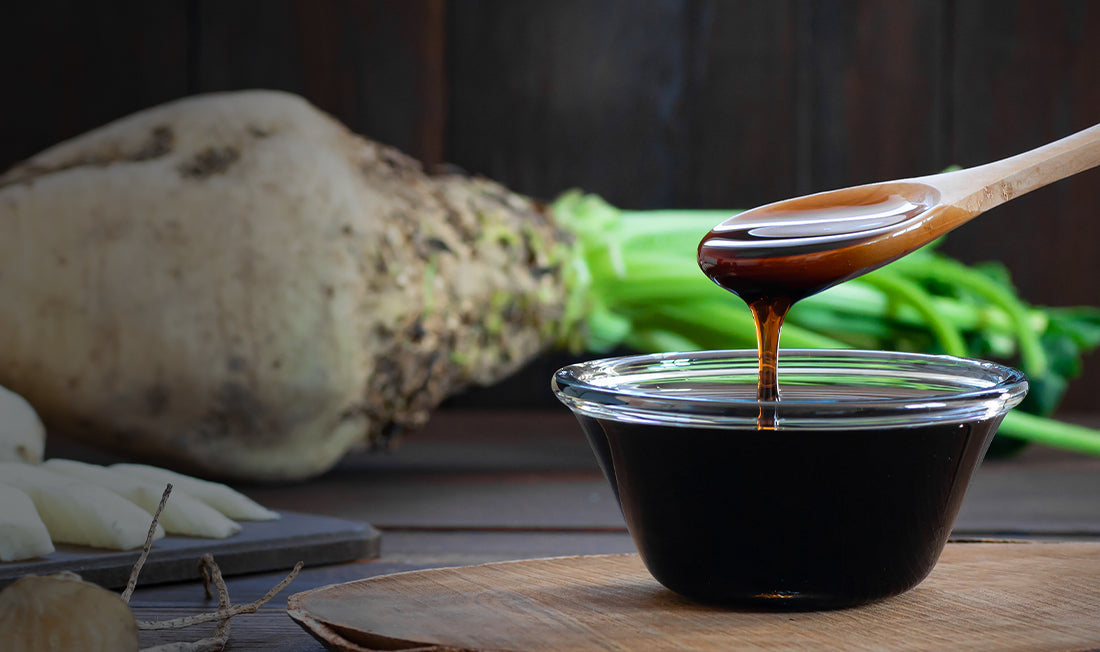The History of Molasses Use
Molasses, a versatile byproduct of sugar beets and sugar cane, has applications ranging from culinary uses to lawn care. It's a thick and dark substance, manufactured by extracting liquid from sugar beets and sugar cane, which is then boiled to create the final product. The final product of molasses is utilized for cooking ingredients, dietary mineral supplements, and anything that needs a sweet flavor. Before World War I, molasses was used in place of sugar, but once white sugar crystals began to be manufactured, molasses was no longer in high demand and popularity diminished.

How Molasses is Made?
Molasses goes through a boiling process and the type of molasses created depends on the number of times the substance is boiled. The first boiling results in syrup known as molasses A, the second boiling produces the more bitter molasses B, and the third boiling yields the darker "blackstrap molasses" with the sugar crystals removed.
Blackstrap molasses is best for lawn grass and plants because it contains many nutrients that promote many benefits for plant life. Unlike high refined sugar, molasses contains vitamin B-6, calcium, iron, manganese, magnesium and potassium which are suitable for lawn use.
Can Molasses Be Used for Lawns & Plants?
Many horticulturalists and turf managers have used molasses as a soil additive and claimed many benefits such as increased color, plant growth and root weight. One study conducted at Clemson University evaluated the effects of blackstrap molasses on turfgrass quality, rooting length, rooting weight, thatch thickness, and thatch weight. The results indicated that while blackstrap molasses did not significantly impact overall turf quality, it substantially increased root weight compared to untreated control plots and other treatments.
Benefits of Molasses for Lawns and Plants
Molasses is rich in sugars and carbohydrates which serve as a food source for beneficial soil microbes. Increased microbial activity can enhance soil vigor and fertility by breaking down organic matter and releasing nutrients that grass can utilize.
Another benefit of using molasses is its role in enhancing nutrient availability by acting as a chelating agent, facilitating the conversion of bound soil nutrients into forms readily available to plants. This process can improve the efficiency of turfgrass' nutrient uptake, contributing to better growth and vigor. Molasses can be a helpful component in turf management programs, especially for enhancing soil conditions and feeding beneficial microbials.
Further research and field trials could provide more insights into optimizing its use for different turfgrass species and soil conditions. Healthy microbial populations improve soil structure, increasing aeration and water retention, which leads to stronger roots and overall grass vigor. Enhanced microbial activity can help break up compacted soil, improving root penetration and water infiltration.
Molasses is an eco-friendly alternative that, in its relative inexpensiveness compared to commercial lawn care products, proves to be a cost-effective choice for sustaining a lush and healthy lawn.
Molasses Application Tips for Plants and Turf
Dilution: Molasses should be diluted before application with a standard mixture of 1-2 tablespoons of molasses per gallon of water. For best results, apply molasses, using a sprayer or watering can, in the early morning or late afternoon to avoid the hottest part of the day.

Application Timing: Depending on your lawn's condition, applying molasses every 2 - 6 weeks during the growing season can be beneficial. Molasses can be a valuable addition to your lawn care routine, providing a natural boost to soil health, nutrient availability, and microbial activity. This leads to a healthier, more resilient lawn with improved growth and reduced dependency on chemical fertilizers.
Sources:
- Fundamentals of Turfgrass Management by Nick E. Christians, Aaron J. Patton, and Quincy D. Law
- Research articles and case studies in "Fate and Management of Turfgrass Chemicals"










1 comment
Is there anything else I should do? Thanks